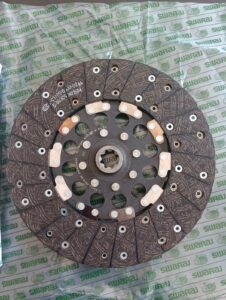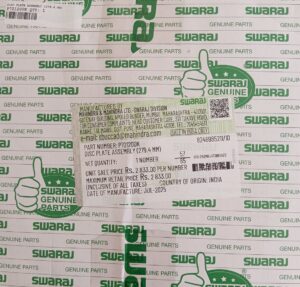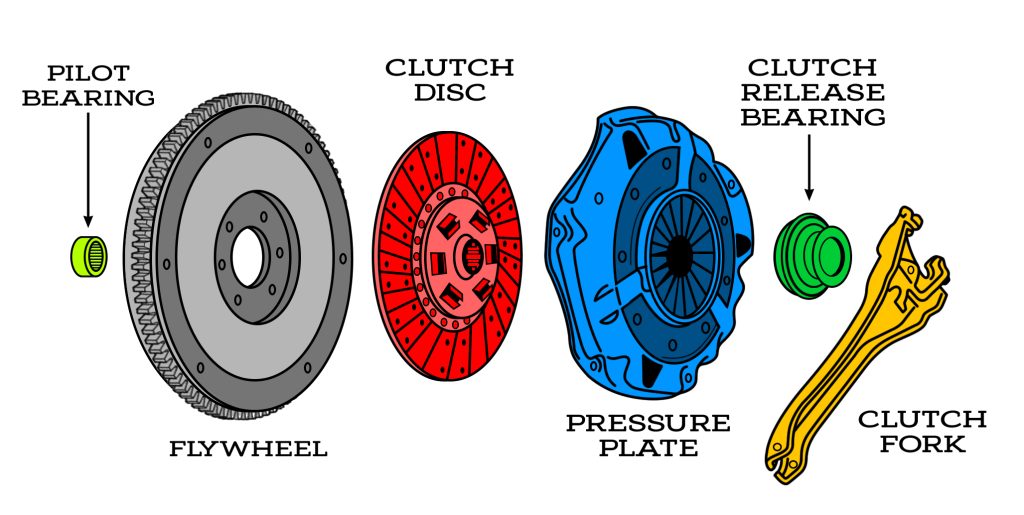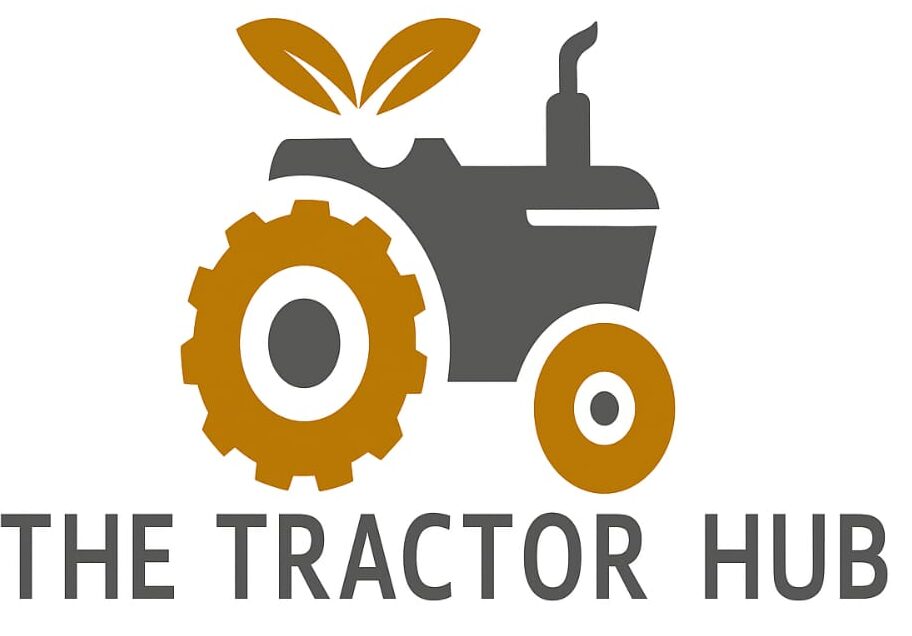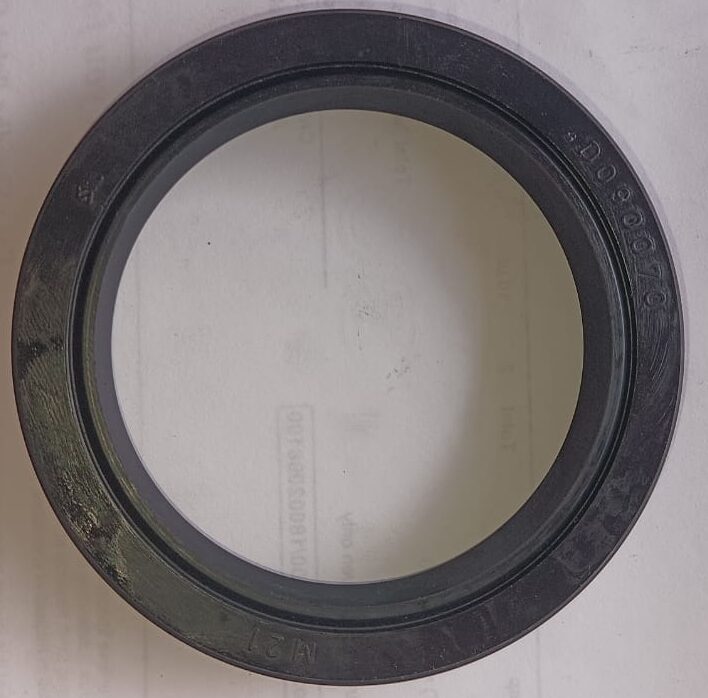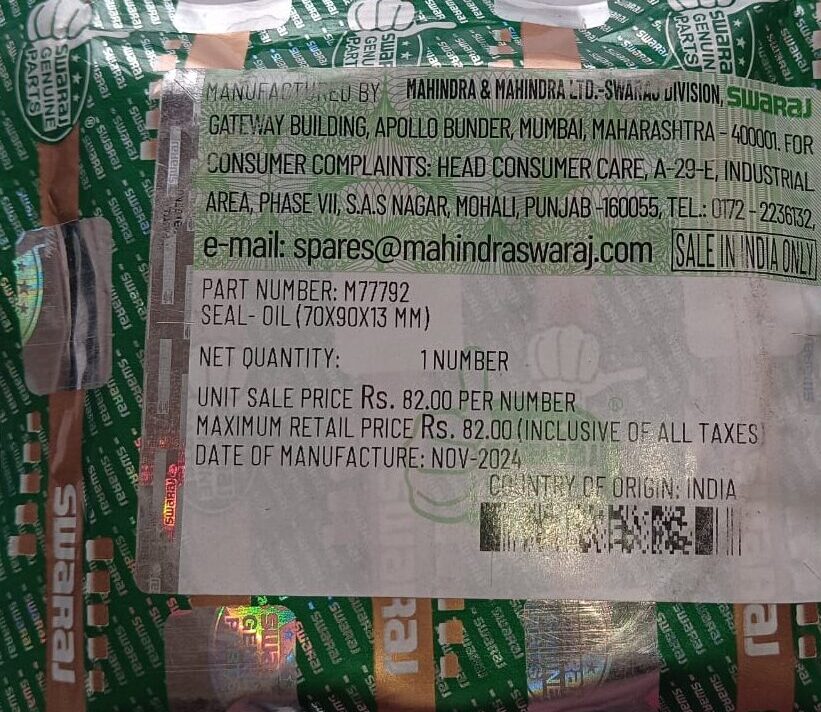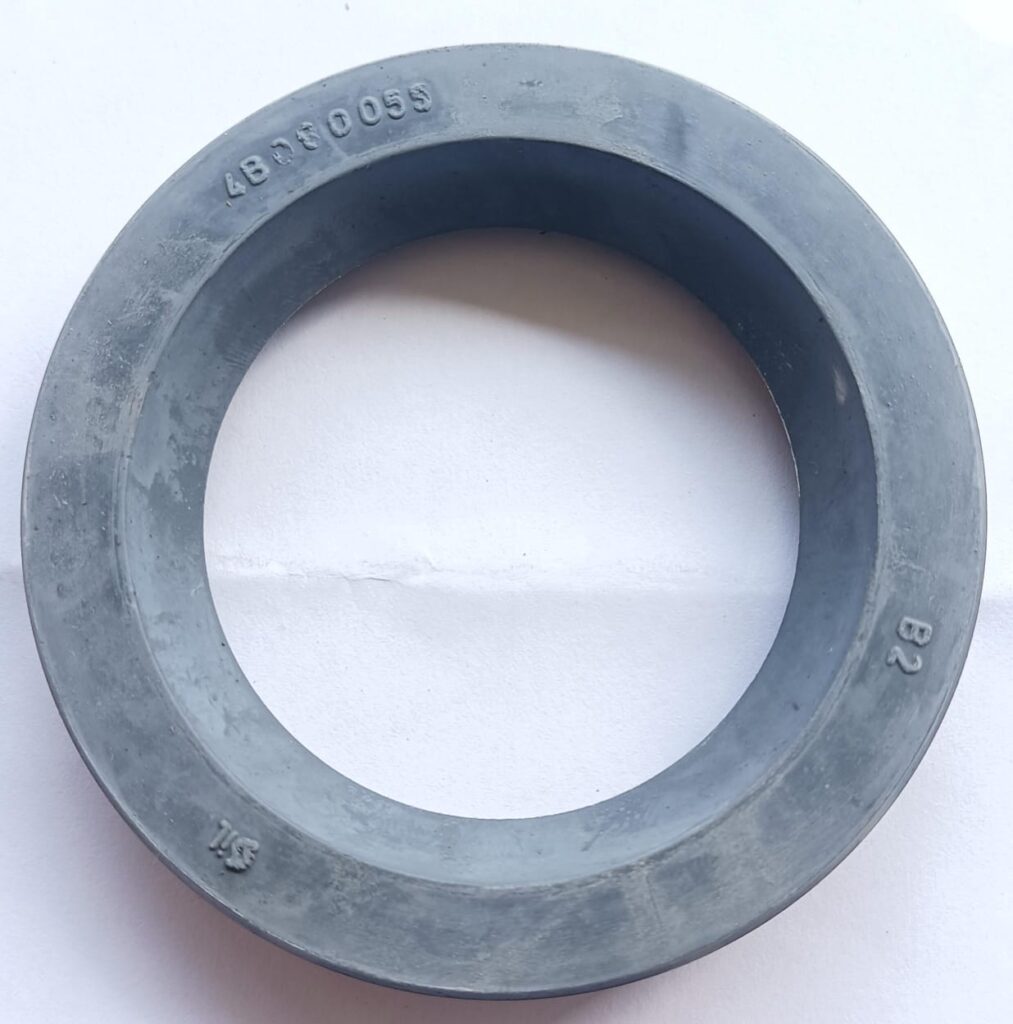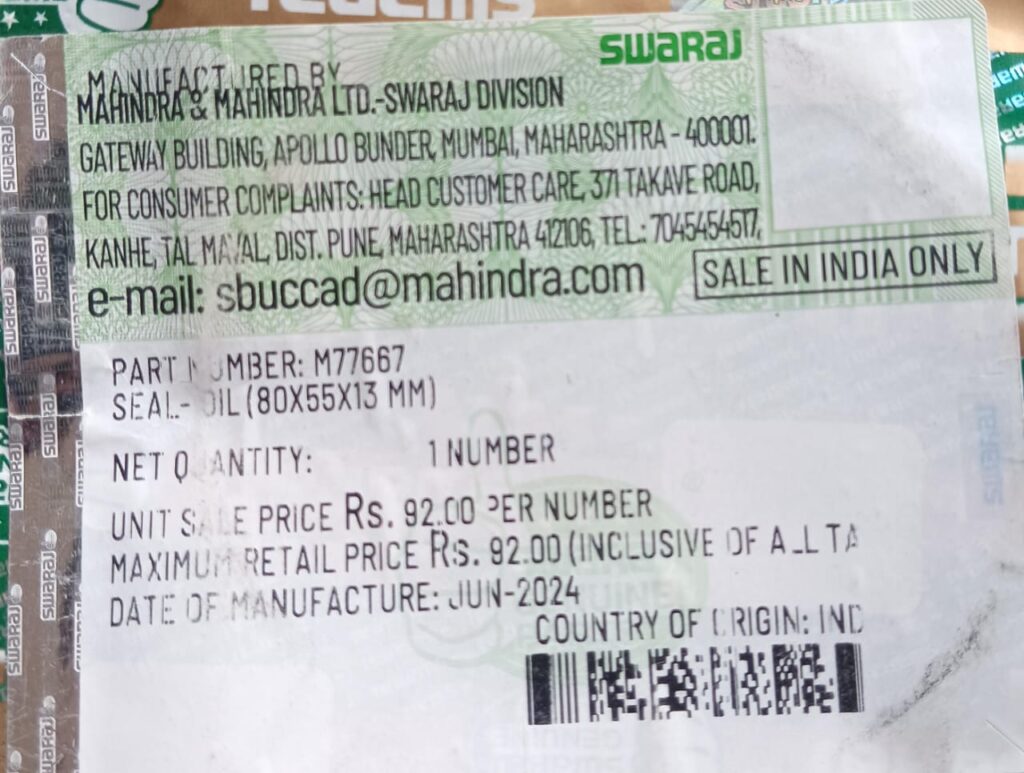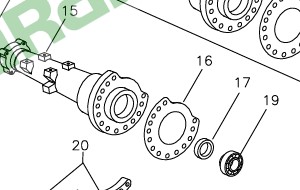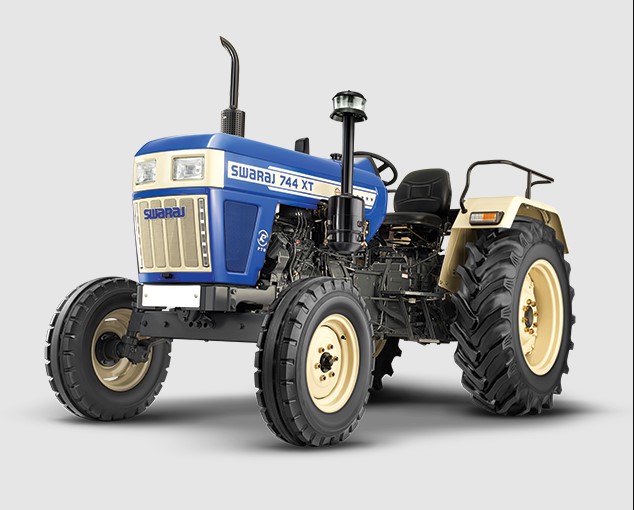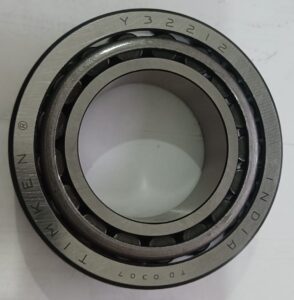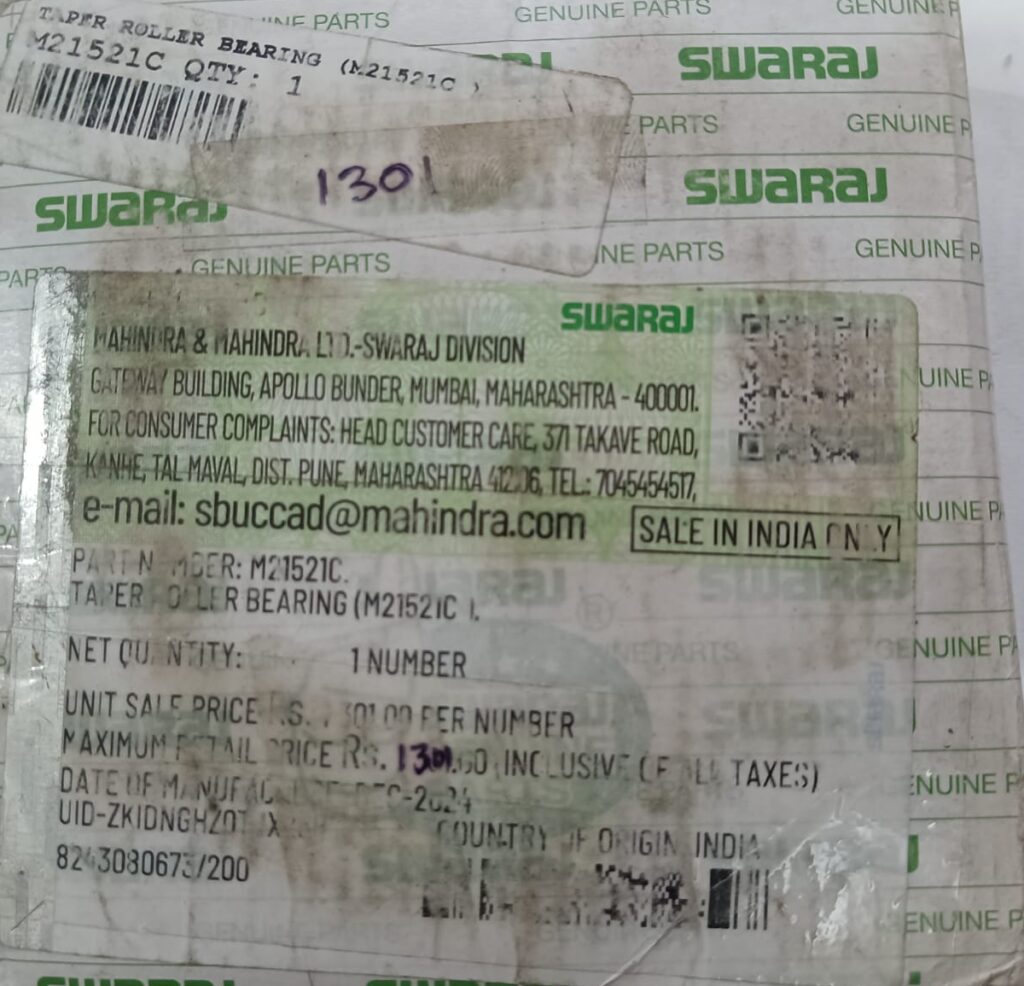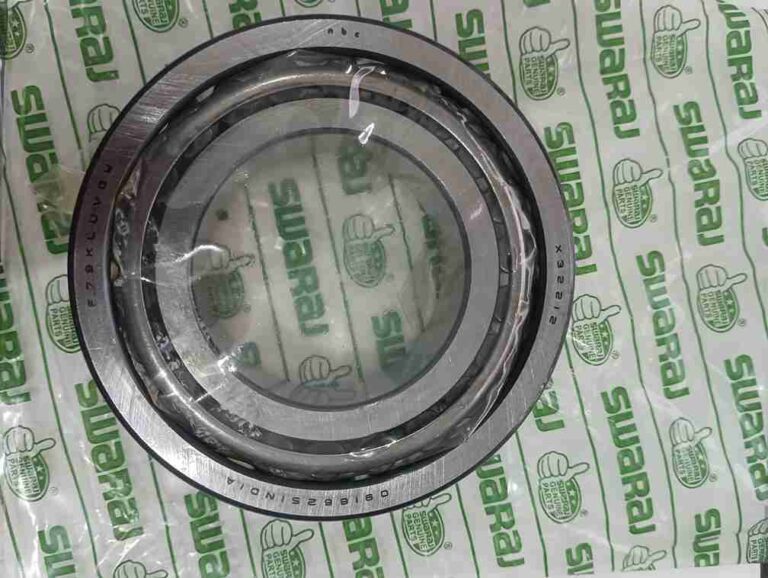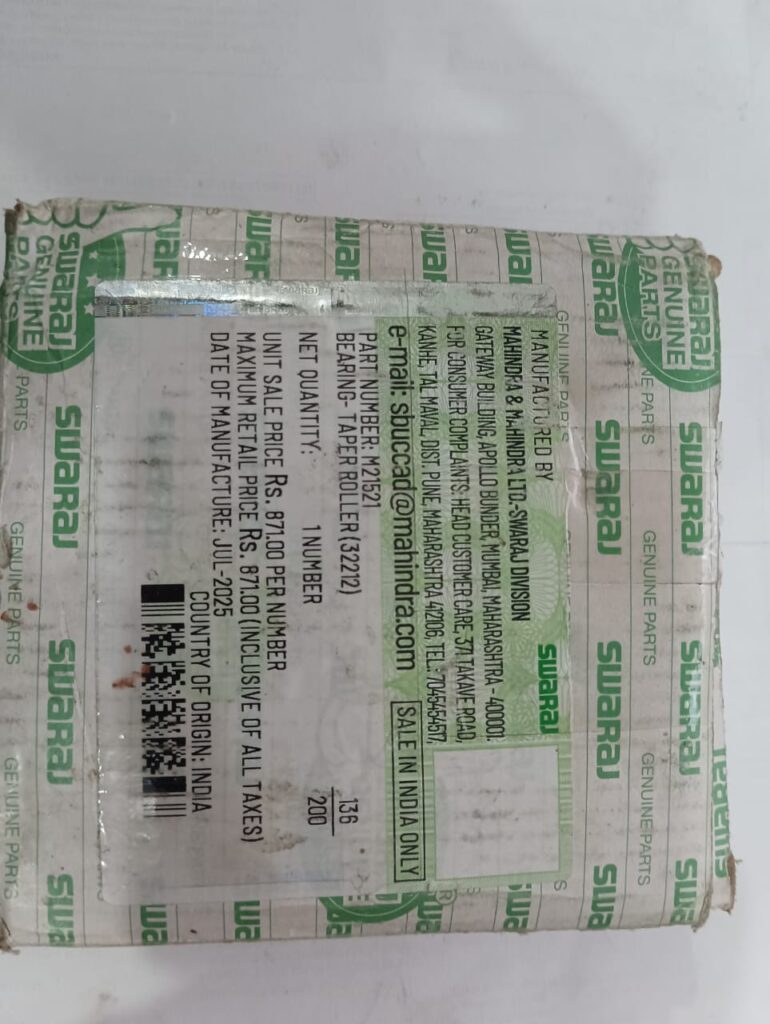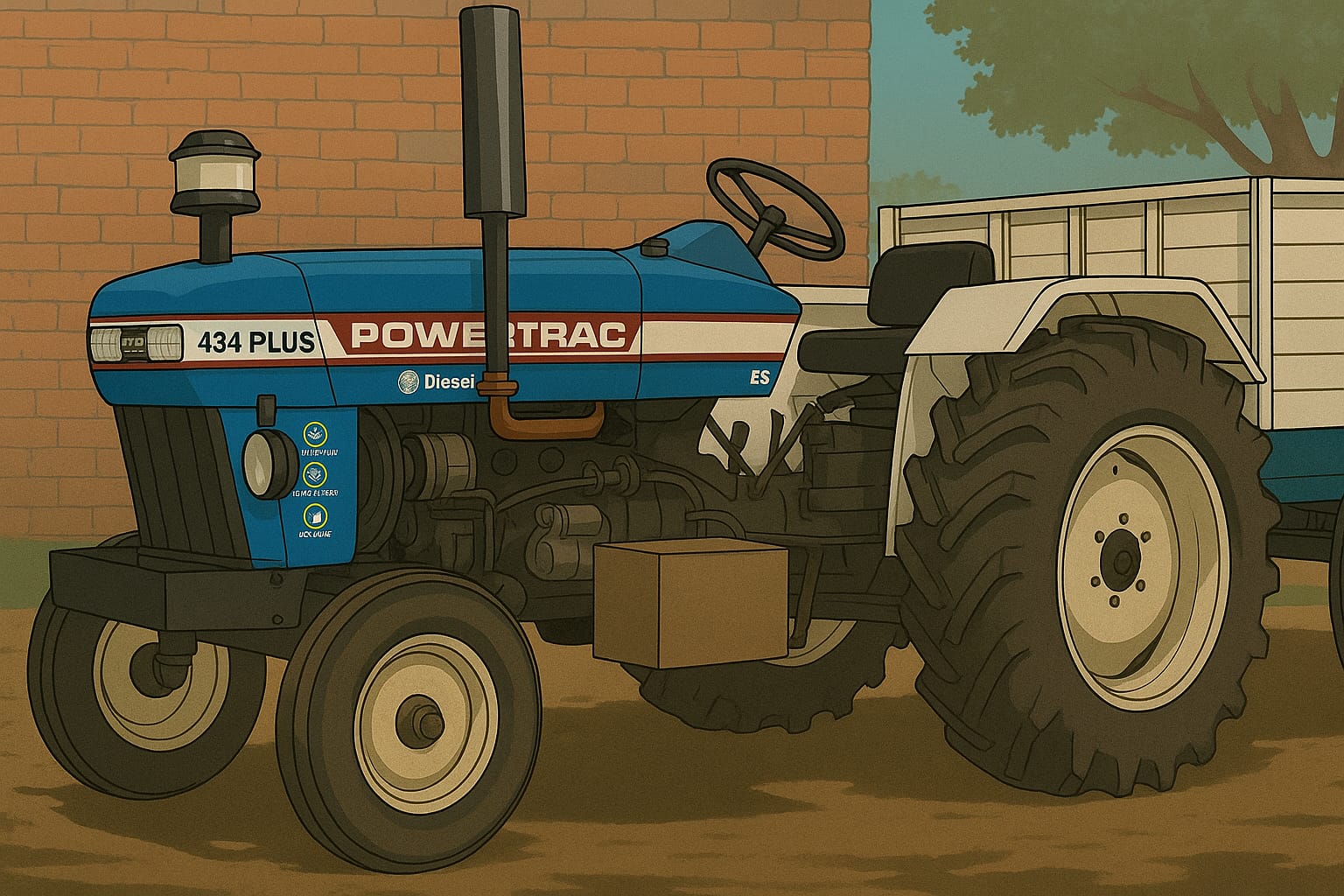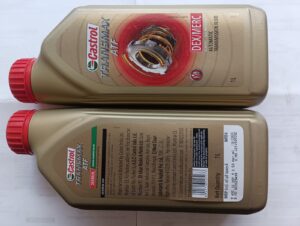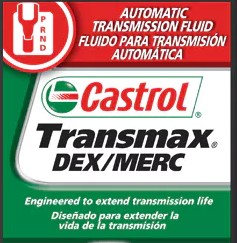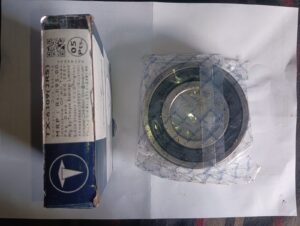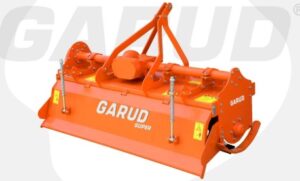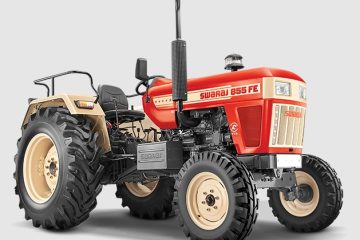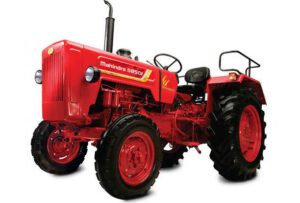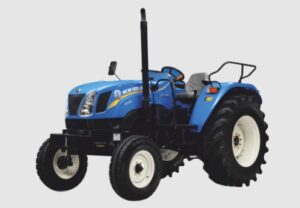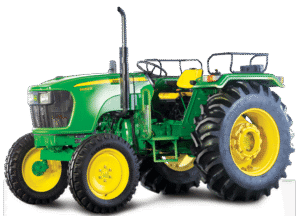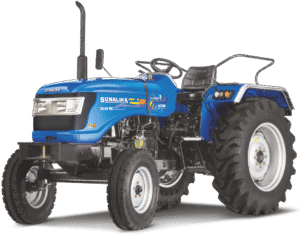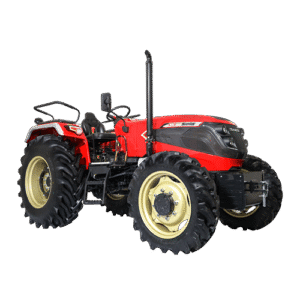An oil seal, often referred to as a rotating seal or simply a seal, is a mechanical component used to seal the gap between rotating and stationary parts in machinery, preventing the leakage of lubricants (like oil) or the ingress of contaminants (like dust and water). They play a critical role in maintaining the efficiency and longevity of machines, particularly in engines, gearboxes, and various hydraulic systems.
Features of Oil Seals
1. Material Oil seals are typically made from rubber or other elastomeric materials that can withstand the temperature and pressure conditions of their operating environment. Common materials include nitrile rubber (NBR), fluorocarbon (FKM), and silicone.
2. Design The design usually consists of a circular shape with a lip that makes contact with the rotating shaft. The lip creates a barrier to contain the lubricant while allowing the shaft to rotate freely.
3. Types There are various types of oil seals, including:
– **Single Lip**: Common for general applications, where only one sealing lip is used.
– **Double Lip**: Offers extra protection against contaminants by having two sealing lips, typically used in harsh environments.
– **Spring-Loaded**: Often used to enhance sealing performance; they include a spring that helps maintain contact between the lip and the shaft.
4. **Applications**: Oil seals are used in numerous applications, including:
– Automobiles (engines, transmissions, differentials)
– Industrial machinery (pumps, compressors)
– Aviation and aerospace
– Marine applications
5. **Installation**: Proper installation is crucial for the effectiveness of an oil seal. Misalignment, damage, or incorrect sizing during installation can lead to leaks and premature failure.
### Importance of Oil Seals:
– **Preventing Leaks**: They prevent lubricants from leaking out and thereby help maintain proper lubrication of moving parts.
– **Contamination Control**: They block dirt, debris, and moisture from entering the system, which can lead to wear or corrosion.
– **Operational Efficiency**: By ensuring a proper seal, they contribute to the overall efficiency and performance of machinery.
### Maintenance:
Regular inspection of oil seals for wear, deformation, or damage is essential, as their failure can lead to significant mechanical issues and costly repairs. When replacing oil seals, it’s important to use replacement parts that meet or exceed the original equipment specifications to ensure proper sealing performance.
In summary, oil seals are critical components in many mechanical systems, providing essential sealing functions that help protect machinery and ensure reliable operation.
 admin
admin 